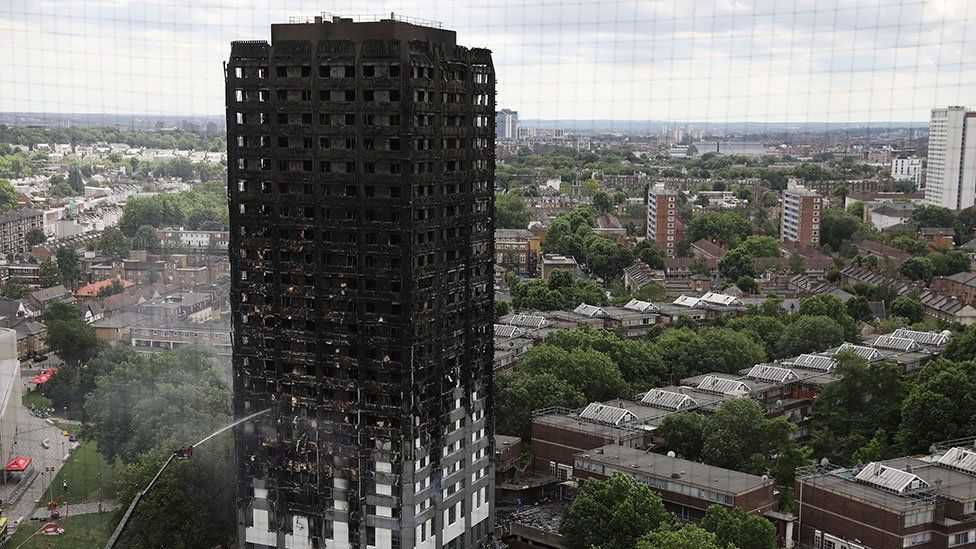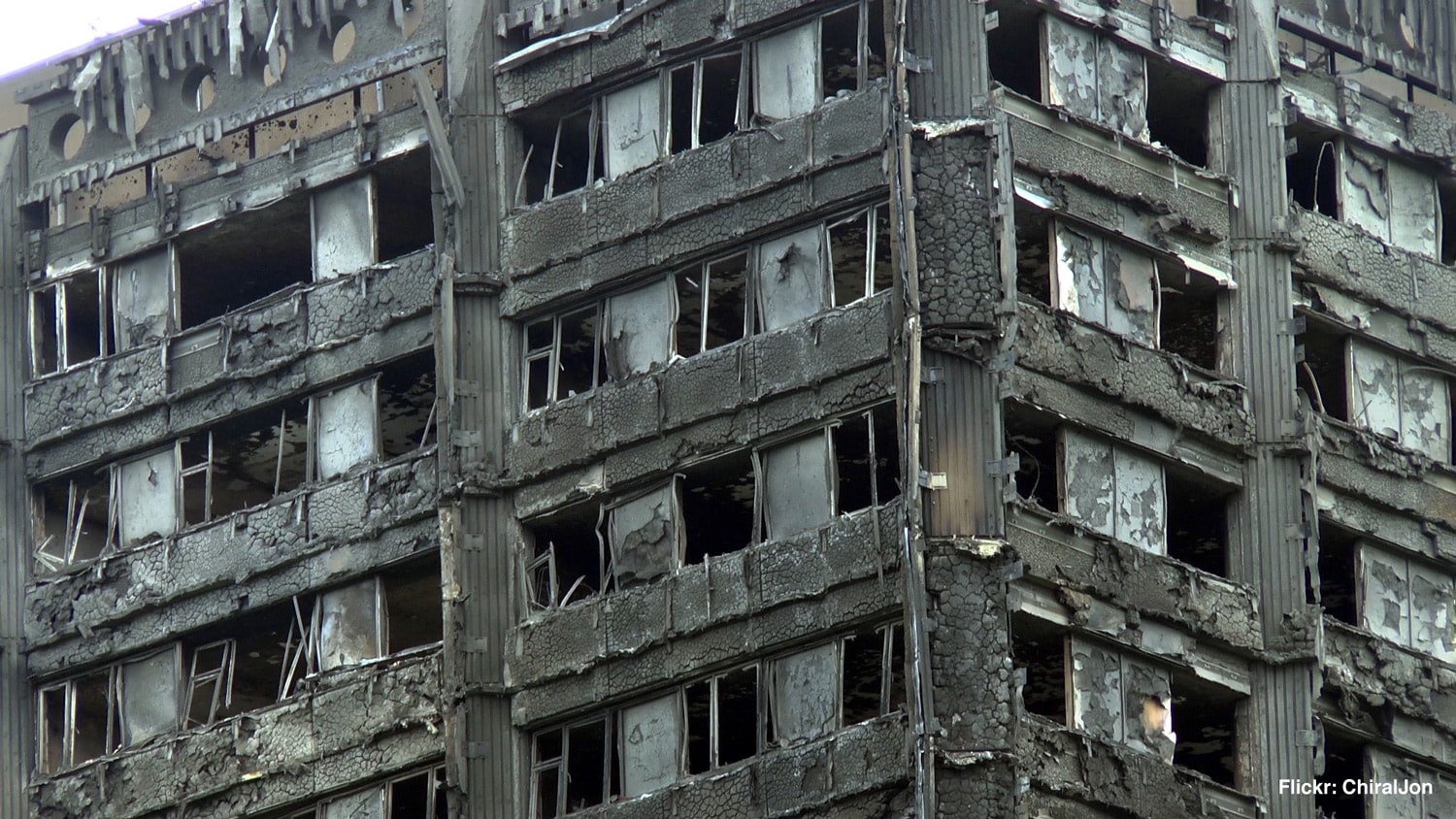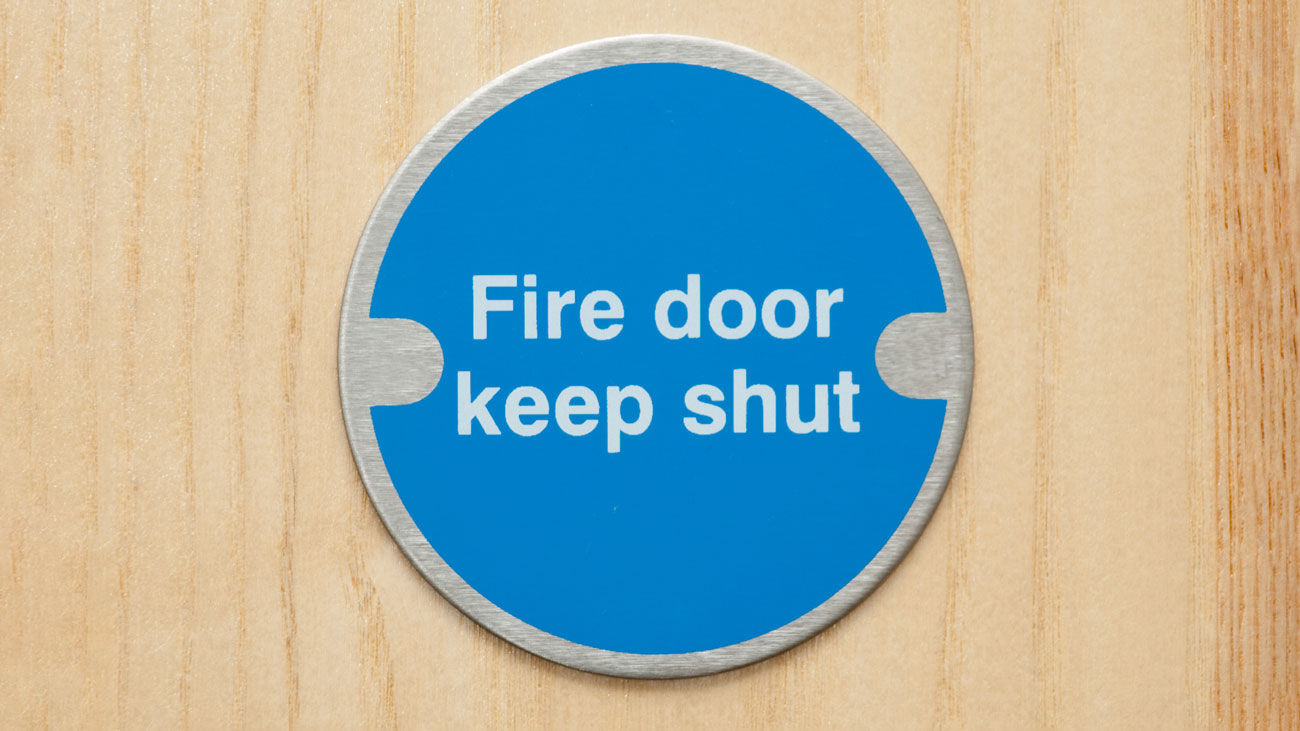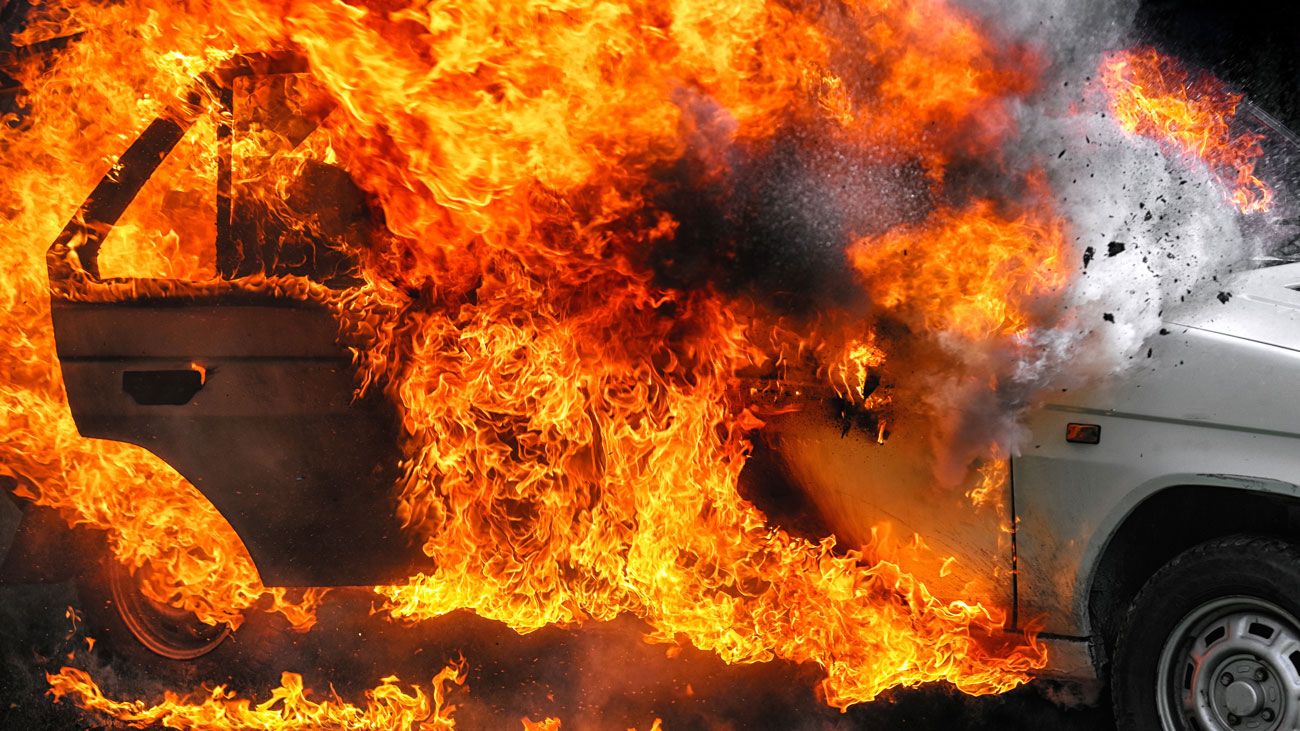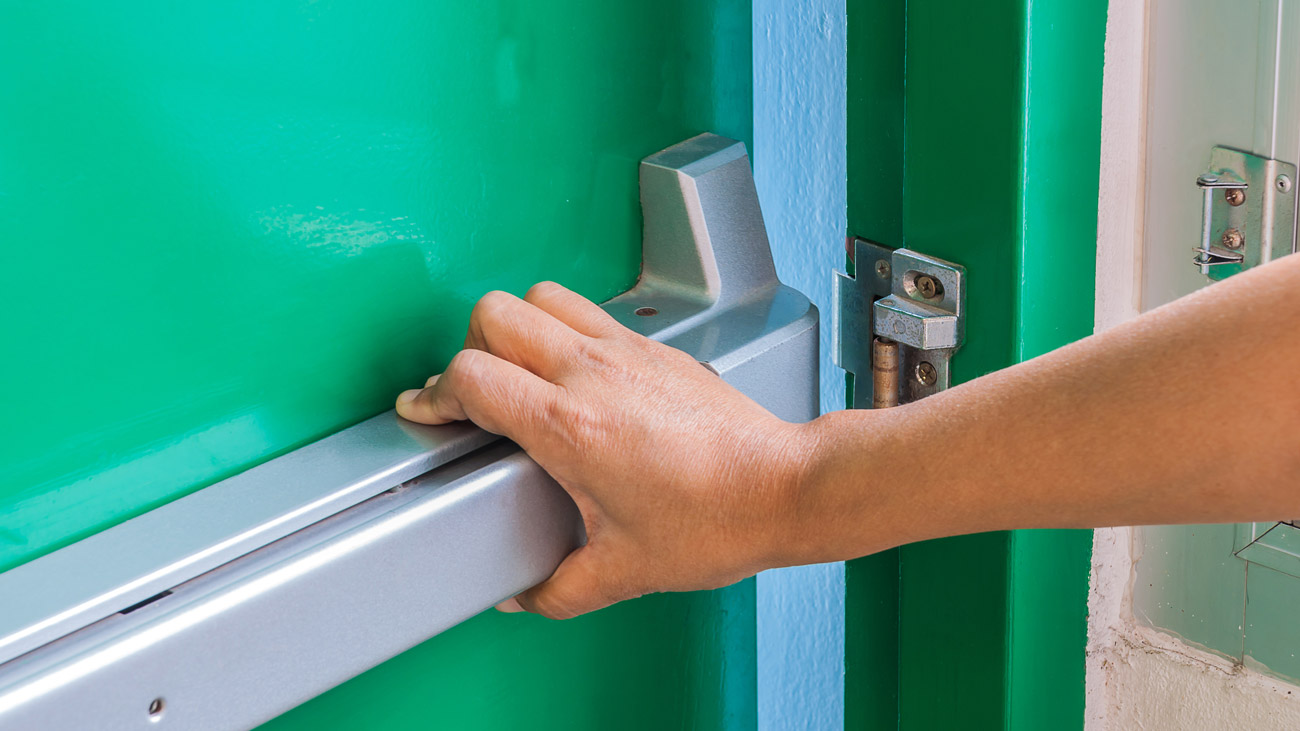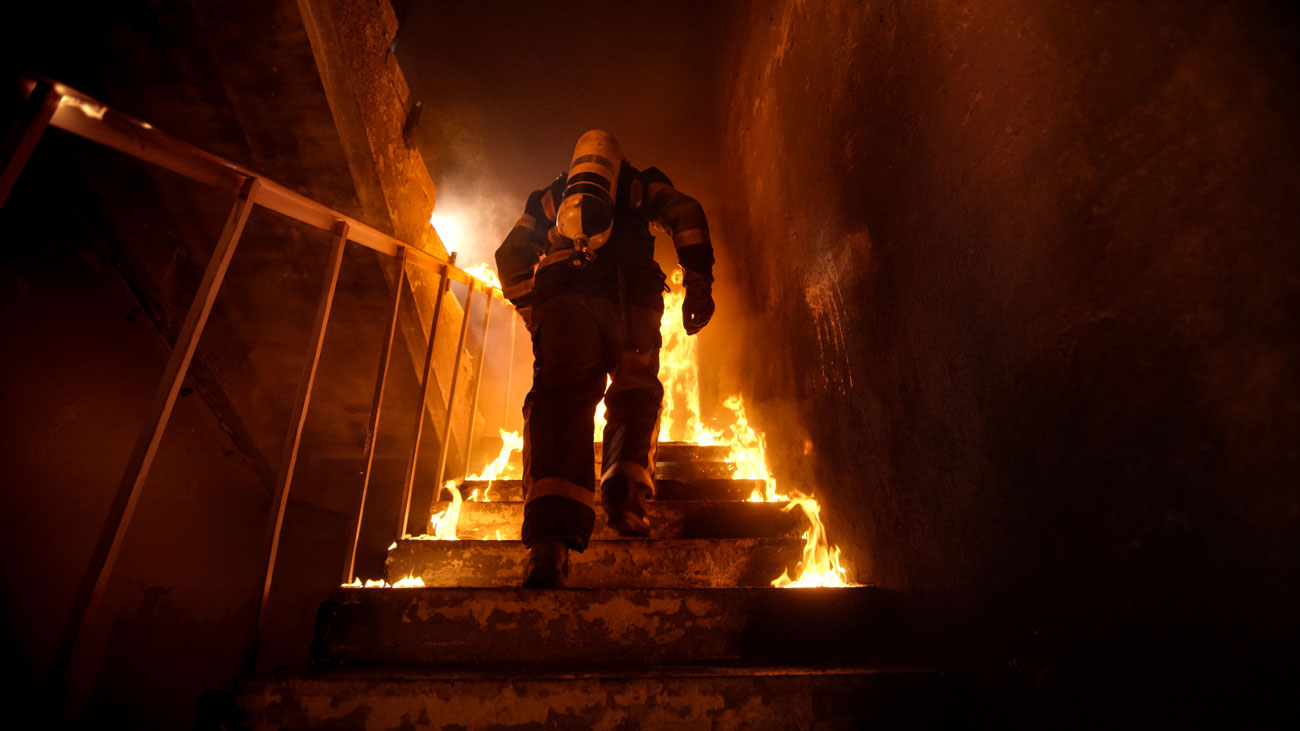
Fire safety: who’s responsible for non-domestic premises?
With many changes introduced by the Building Safety Act 2022, implemented in April 2022, there remains some confusion over who’s responsible for what buildings and what activities.
New government guidance explains what responsible persons need to do as a result of changes made to the Regulatory Reform (Fire Safety) Order 2005, specifically fire safety responsibilities under Section 156 of the Building Safety Act 2022.
Where other aspects of the new regulations focus solely on high-rise residential buildings, and this has been very much the focus of legal developments following Grenfell, this new guidance looks at requirements that apply to all non-domestic premises, such as where people work, visit or stay, including workplaces, and the non-domestic parts of multi-occupied residential buildings (e.g. communal corridors, stairways, plant rooms). The requirements do not apply within individual domestic premises.
The new legislation has the effect of amending the Fire Safety Order to:
- Require that all responsible persons must record their completed fire risk assessment, and in full (where previously only specific information was required to be recorded).
- Require that all responsible persons must record the identity of the individual (their name), and/or if applicable, their organisation (name) engaged by them to undertake/review any or all of the fire risk assessment.
- Require that all responsible persons must record their fire safety arrangements (demonstrate how fire safety is managed in your premises).
- Require that all responsible persons must record (and as necessary update) their contact information, including a UK-based address, and share this with other responsible persons and residents of multi-occupied residential premises where applicable.
- Require that all responsible persons must take reasonably practicable steps to ascertain the existence of other responsible persons who share or have duties in respect of the same premises, and of accountable persons (which are a new legal entity made under the Building Safety Act in the case of higher-risk residential buildings) in relation to the premises - they must then identify themselves to said persons.
- Require that departing responsible persons must share all ‘relevant fire safety information’ with incoming responsible persons.
- Require responsible persons of a building containing two or more sets of domestic premises to provide residents with relevant fire safety information in a format that is easily understood by the residents.
- Increase the level of fines for some offences.
- Strengthen the status of statutory guidance issued under Article 50 of the Fire Safety Order.
Duties for all responsible persons
The following duties apply if you are the responsible person for any building regulated by the Fire Safety Order.
Recording your fire risk assessment and other information
You must now record the fire risk assessment in full (including all the findings) and the fire safety arrangements for your premises in all circumstances.
You should make available as much information as possible about fire safety in your premises. This new requirement replaces the previous requirement to record only the significant findings of the risk assessment. It also removes the previous limitations on the circumstances within which you are required to record both the risk assessment and the fire safety arrangements at your premises, such as only being required to record this information if there were five or more employees or where subject to licensing or an alterations notice.
If you employ a fire risk assessor to assist you in completing a fire risk assessment, you must record their name, and where applicable their organisation name. This will ensure there is a clear record for enforcing authorities as to who completed the assessment and will enable you to share this information with both residents (where applicable) and any incoming responsible person after you. You are responsible for ensuring that your fire risk assessment is suitable and sufficient and if you employ someone to do this for you it is recommended that you ensure they are competent to do so.
Cooperation and coordination between responsible persons
It is important that you work with other responsible persons in the premises to help facilitate a cohesive approach to fire safety throughout the entire building. As such, you must take such steps as are reasonably practicable to identify whether there are any other responsible persons in your premises who share or have duties in respect of it.
For example, in multi-occupancy commercial buildings, other responsible persons would not only include the other businesses, but would also include a landlord (and possibly a managing agent) who has overall responsibility for the safety within the building.
Once you have identified that there are other responsible person/s, you will need to inform each other of your names (or that of someone acting on your behalf) and a UK-based address where you are able to receive notices or other documentation.
It will also be necessary to inform each other of the extent of your responsibilities under the Fire Safety Order and make a record of this information. You should know the extent to which you are responsible for the premises, which may be detailed in a contract, but, if you are unsure, it is advised you contact the building owner or manager to determine the extent of your control.
You should provide any information in writing, and it is advised that you record this in such a way that it can be readily accessed if you need it as evidence of information sharing. You are required to keep a record of the information provided about the extent of your duties in relation to the premises.
It is vital that your fire risk assessment, and any fire safety measures you take as a result, align with, and complement, the fire risk assessment(s) and fire safety measures for the rest of the building in order to provide a whole-building approach to fire safety.
Whenever possible, you should let the other responsible persons know when you have a new responsible person taking over your part of the premises, so that they can provide the necessary information detailed above to the incoming responsible person.
Provision of information to new responsible persons
Responsible persons are also required to share any relevant fire safety information with incoming responsible persons to provide a continual record of fire safety information throughout a building’s lifetime. This would include scenarios where you cease trading, are taken over by a new responsible person or sell your business or freehold. Where you are the existing responsible person, you must provide any new Responsible Person with any relevant fire safety information including:
- The fire risk assessment and review records (including any fire safety information provided by other responsible persons).
- The identity of any person who assisted with the fire risk assessment/review.
- The name and UK address of any responsible person or any person acting on behalf of the responsible person who will accept notices or other documentation.
- The identity of the accountable person, where known (if a higher risk residential building).
- Any information given under regulation 38 of the Building Regulations 2010 (such as the information provided when a building is built or extended).
Other changes to fire safety legislation
As well as introducing new requirements for responsible persons, the Building Safety Act amends two other articles of the Fire Safety Order:
Offences
Article 32 of the Fire Safety Order sets out a number of offences that may be committed by a responsible person in relation to their duties under the Fire Safety Order.
Section 156 of the Building Safety Act has increased the level of fine for offences in relation to the intentionally deceptive impersonation of a [fire] inspector, failure to comply (without reasonable excuse) with specific requirements imposed by a [fire] inspector (such as by not providing a copy of the fire risk assessment when requested), and failure to comply with requirements relating to the installation of luminous tube signs, from Level 3 (£1,000) to Level 5 (unlimited). The new level of fines will only take effect from the date the new legislation comes into force (i.e. if an offence is committed before 1 October 2023 where these fines are applicable, then the previous level of fines would be used).
This aligns the level of fine possible for these offences with all other offences and provides an increased deterrent against non-compliance.
Guidance
Article 50 of the Fire Safety Order requires the Secretary of State to ensure that such guidance as they consider appropriate is made available to assist responsible persons to discharge their duties.
Section 156 of the Building Safety Act strengthens the status of all Article 50 guidance by providing that, in court proceedings for alleged breaches of the Fire Safety Order, compliance with or deviation from guidance issued under Article 50 may be relied upon as tending to establish whether or not there was a breach of the Fire Safety Order.
Read more here.


